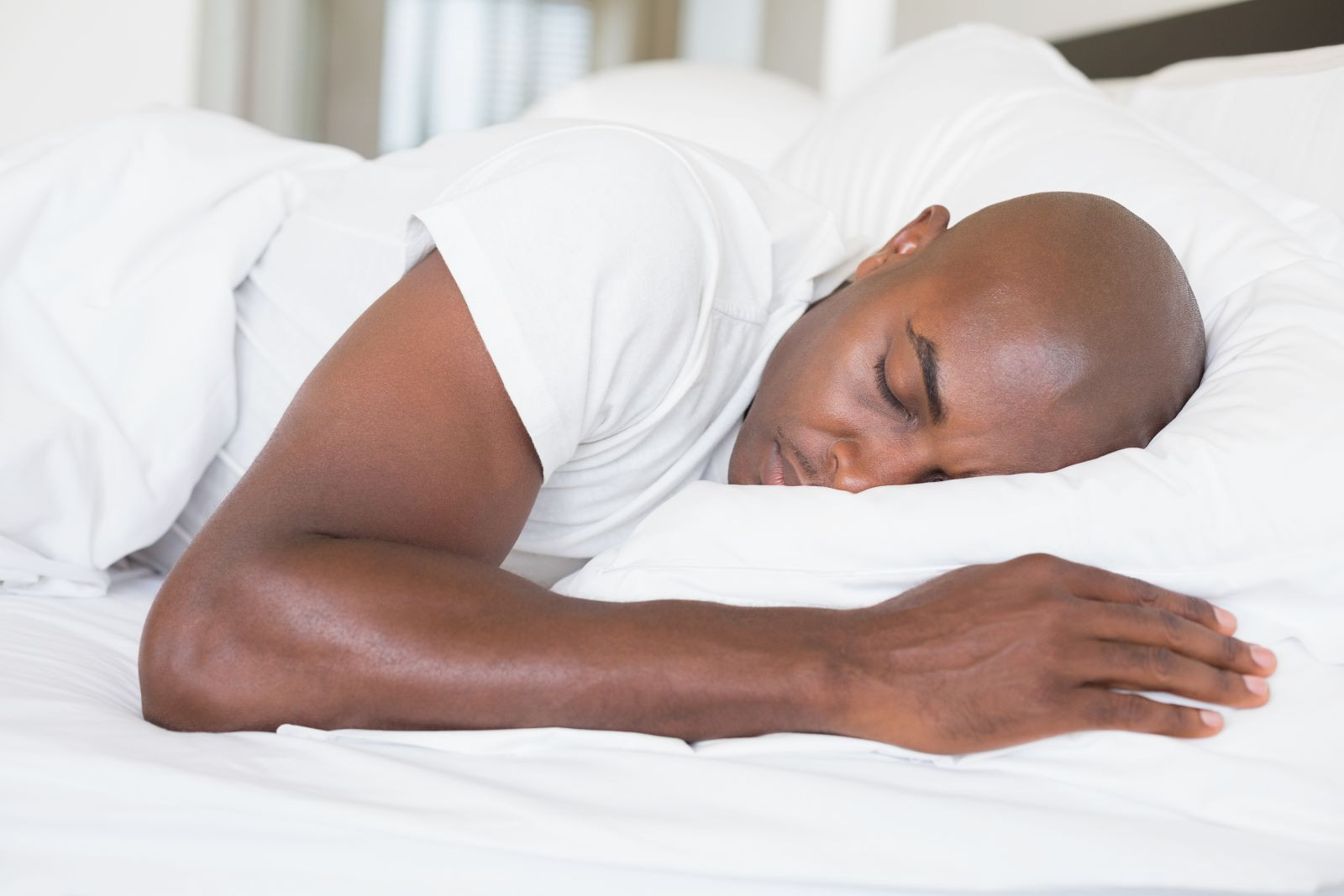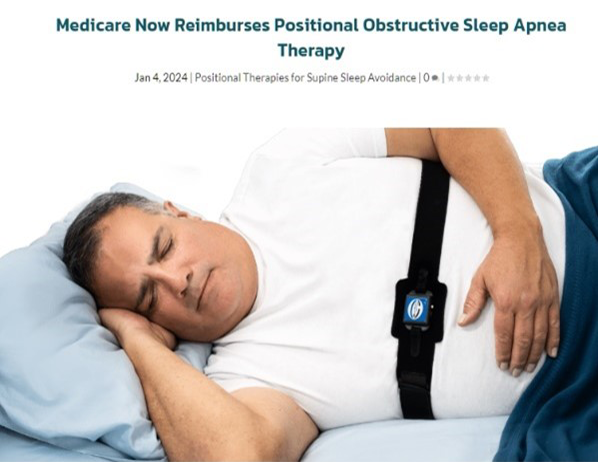Professional Insomnia Counseling - Obtain Specialist Guidance
Professional Insomnia Counseling - Obtain Specialist Guidance
Blog Article
Effective Treatment Solutions for Taking Care Of Sleep Disorders and Enhancing Relaxed Rest
In the realm of healthcare, the monitoring of rest problems and the pursuit for restful sleep are crucial parts of general wellness. As we navigate the intricate landscape of rest disorders and seek to enhance our rest experience, a deeper understanding of these treatment remedies may hold the secret to unlocking a more relaxing and meeting corrective trip.
Cognitive Behavior Modification for Sleeplessness (CBT-I)
Cognitive Behavior Modification for Insomnia (CBT-I) is an organized, evidence-based treatment approach that concentrates on attending to the underlying factors adding to sleep disturbances. This type of treatment aims to change actions and thoughts that worsen insomnia, eventually promoting healthy and balanced sleep patterns. CBT-I commonly entails several crucial elements, consisting of cognitive therapy, rest constraint, stimulation control, and rest health education.
Cognitive treatment helps people recognize and transform adverse thought patterns and beliefs about sleep that may be impeding their capability to drop or stay asleep. Sleep limitation includes limiting the amount of time invested in bed to match the person's actual sleep period, therefore increasing rest performance (natural insomnia remedies). Stimulus control methods assist establish a strong organization between the bed and rest by encouraging people to visit bed only when drowsy and to avoid participating in stimulating activities in bed
Additionally, sleep health education concentrates on establishing healthy and balanced rest routines, such as keeping a regular sleep schedule, developing a relaxing bedtime regimen, and optimizing the rest setting. By resolving these elements adequately, CBT-I supplies an effective non-pharmacological treatment for handling sleeping disorders and boosting general sleep top quality.
Rest Hygiene Practices
Having actually established the structure of cognitive restructuring and behavioral alterations in dealing with insomnia via Cognitive Behavior modification for Insomnia (CBT-I), the focus now changes towards discovering necessary Sleep Health Practices for maintaining ideal sleep high quality and overall wellness.
Sleep health practices include a variety of practices and ecological variables that can considerably influence one's capacity to go to sleep and remain asleep throughout the night. Consistent sleep and wake times, producing a relaxing going to bed regimen, and enhancing the sleep atmosphere by keeping it dark, silent, and cool are vital components of great sleep hygiene. Restricting exposure to screens prior to bedtime, staying clear of stimulants like caffeine near to going to bed, and taking part in regular exercise throughout the day can also promote much better rest quality.
Additionally, exercising relaxation techniques such as deep breathing exercises or reflection before bed can assist relax the mind and prepare the body for sleep. By incorporating these rest health techniques right into one's day-to-day routine, individuals can develop a healthy rest pattern that sustains peaceful rest and total wellness.
Relaxation Techniques and Mindfulness
Applying leisure techniques and mindfulness techniques can play a pivotal role in cultivating a sense of calmness and advertising quality rest. sleep disorder treatment. These techniques aim to peaceful the mind, reduce stress and anxiety, and produce an optimum atmosphere for restful rest. One commonly practiced approach is deep breathing exercises, where individuals focus on slow-moving, deep breaths to unwind the mind and body. Dynamic muscle mass leisure involves tensing and after that launching each muscle group, promoting physical leisure. Additionally, guided images can help deliver individuals to a calm location in their minds, aiding in anxiety decrease and improving rest quality.
Mindfulness techniques, such as reflection and yoga exercise, are also reliable in advertising leisure and improving rest. Mindfulness encourages individuals to stay present in the moment, letting go of bother with the past or future. By integrating these methods into a bedtime regimen, individuals can indicate to their bodies that it is time to loosen up and prepare Continue for rest. Generally, incorporating leisure methods and mindfulness methods can dramatically add to handling sleep disorders and enhancing overall rest high quality.

Medication Options for Sleep Disorders
After exploring leisure strategies and mindfulness practices as non-pharmacological interventions for improving rest top quality, it is vital to consider medication alternatives for people with rest disorders. In situations where way of life adjustments and treatment do not provide adequate alleviation, medicine can be additional resources an important device in managing sleep disturbances.
Generally suggested drugs for sleep conditions include benzodiazepines, non-benzodiazepine hypnotics, antidepressants, and melatonin receptor agonists. Antidepressants, such as trazodone, can be valuable for people with co-occurring depression and sleep disruptions - cognitive behavioral therapy for insomnia (CBT-I).
It is important for people to talk to a healthcare provider to establish the most suitable medication alternative based on their details rest condition and case history.
Light Treatment for Body Clock Law
Light treatment, also called photo-therapy, is a non-invasive treatment method made use of to control circadian rhythms and boost sleep-wake cycles. This therapy entails direct exposure to brilliant light that mimics all-natural sunshine, which assists to reset the body's biological rhythm. By exposing individuals to certain wavelengths of light, typically in the early morning or evening relying on the desired effect, light therapy can properly adjust the body clock to promote wakefulness throughout the day and enhance relaxing rest at evening.
Research has shown that light treatment can be especially advantageous for people with circadian rhythm conditions, such as delayed sleep phase disorder or jet lag. It can also be valuable for those experiencing seasonal depression (SAD), a type of anxiety that typically takes place throughout the winter season when natural light direct exposure is reduced. Light therapy is normally well-tolerated and can be utilized in combination with other treatment methods for sleep conditions to maximize end results and improve general sleep high quality.
Verdict
To conclude, efficient therapy solutions for managing sleep conditions and improving relaxing rest consist of Cognitive Behavior modification for Sleeplessness (CBT-I), rest health techniques, relaxation techniques and mindfulness, medication options, and light treatment for body clock law. These approaches can aid individuals boost their rest top quality and general well-being. It is important to talk to a healthcare provider to establish one of the most appropriate approach for attending to sleep issues.
As we navigate the intricate landscape of sleep conditions and look for to enhance our sleep experience, a deeper understanding of these treatment options may hold the secret to unlocking a much more link rejuvenating and meeting restorative journey.
Sleep constraint entails limiting the quantity of time invested in bed to match the individual's real sleep period, therefore raising sleep performance. Constant rest and wake times, developing a relaxing going to bed regimen, and optimizing the rest environment by maintaining it dark, quiet, and cool are vital parts of great rest health. Light treatment is typically well-tolerated and can be used in combination with various other therapy methods for rest disorders to maximize results and improve general rest high quality.

Report this page